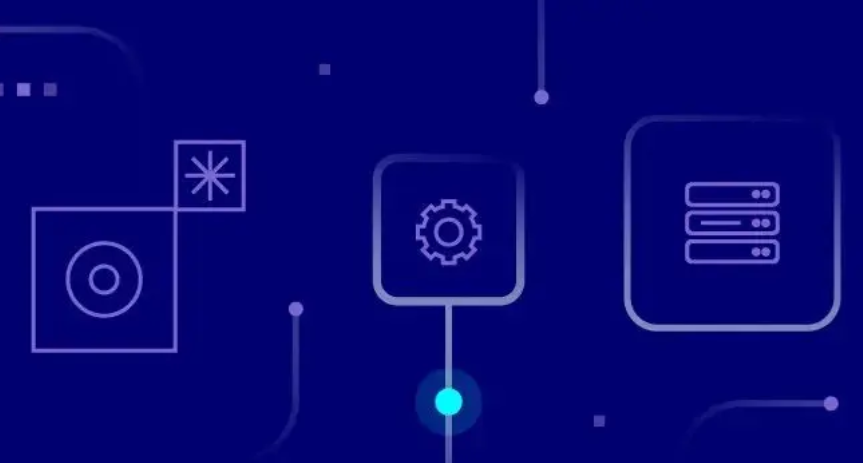
Alexander Glanville-Wallis
Smarter Funnels, Smarter Growth:
How AI Shapes Customer Journeys End-to-End

Over 80% of consumers now demand personalised interactions, yet the traditional funnel—linear, static, and brand-driven—was never designed for this level of expectation. Today’s journeys are fragmented, nonlinear, and context-dependent, shaped by micro decisions amongst an ever-growing number of touchpoints.
Used correctly, AI can serve as the connective tissue between these touchpoints: ingesting signals at scale, predicting intent and orchestrating real time hyper-personalisation.
The result is an adaptive system that is intelligent, self-optimising and ultimately more effective. Enabling this new age funnel are the technologies that are democratising AI for the non-technical marketer.
Awareness: Smarter Reach at Scale
Paid Media
At the awareness stage, AI is transforming paid media by making campaigns on platforms like Meta and Google Ads smarter and more efficient. Instead of relying on broad targeting, AI-powered algorithms analyse a large amount of behavioural and demographic data to identify high-potential audiences and build precise lookalike segments. On Meta, this means dynamically serving ad creatives that resonate with specific user groups, while Google’s AI-driven tools like Performance Max and Smart Bidding analyse billions of intent signals including search queries to YouTube engagement, to optimise bidding strategies and placements in real time.
Within both eco-systems AI is actively shaping who sees what and when, and how creative adapts to drive top of funnel efforts.
AI Generated Creative Content
Now and in the future AI-generated content will play a critical role in capturing consumer attention and stand out in crowded digital spaces, whilst simultaneously providing cost and process efficiencies to brands.
Tools like ChatGPT, Jasper, and Copy.ai produce engaging ad copy, headlines, website text, and even email introductions tailored to different audience segments, while DALL·E, MidJourney, and Adobe Firefly create eye-catching visuals that fuel social posts, display ads, and landing pages.
Key to adoption is how these tools are integrated within existing processes – a whole separate topic.
By combining speed, personalisation, adaptability, and cost efficiency across ads, websites, and email touchpoints, AI-generated content drives the ability to turn awareness campaigns from static brand introductions to fully personalised, data driven experiences targeted at unique segments.
Consideration: AI as a Guide
AI-Powered Marketing Automation
Traditionally, marketing automation has been ruled based and reactive. Activating AI within your marketing activation program enables pro-active, dynamic, data-driven engagement. Instead of scheduling a generic welcome email or ad sequence, AI can analyse user behaviour, demographics, and context to decide which message, channel, and timing will create the greatest impact.
Platforms like MoEngage use AI to trigger personalised push notifications, emails, or in-app messages that are automatically adapted for different audience segments, ensuring prospects encounter the brand in a way that feels timely and relevant. Beyond simple scheduling, AI can test creative variations, optimise subject lines, and even predict which channels are most likely to drive engagement.
This not only improves efficiency and reduces costs compared to traditional automation but also ensures awareness campaigns feel more tailored and engaging from the very first touchpoint.
AI-Powered Web Personalisation
AI driven awareness campaigns will drive users to your site.
Once they land on your site, with the right technology in place, AI driven personalisation will transform your static web pages into dynamic experiences tailored to each visitor, enabling the continuation of the one-to-one customer journey.
Instead of showing the same homepage or product grid to everyone, platforms like Dynamic Yield, Optimizely, and Adobe Target use AI to analyse real-time behaviour, historical data, and contextual signals to deliver personalised journeys.
A new visitor might be greeted with educational content or a first-purchase incentive, while a returning customer could see product recommendations powered by predictive algorithms or loyalty offers aligned with past purchases.
Dynamic content blocks, adaptive navigation, and AI-driven search are all part of the package when enabling AI on your web experiences, guiding everyone down the most relevant path. AI turns your website into a living, responsive environment, one that not only improves engagement but actively accelerates mid-funnel progression and conversion growth.
AI for Retargeting
Machine learning and AI is redefining retargeting.
Follow up ads are now more relevant, timely, and personalised. Instead of blasting every site visitor with the same generic creative, platforms like Criteo, AdRoll, and Meta’s Dynamic Ads now use machine learning to assess intent, score audiences by conversion likelihood, and dynamically tailor messaging.
A website visitor who abandoned a cart may see product-specific ads with updated pricing or inventory, while a content engager might receive educational assets designed to build trust. Google’s Display & Video 360 applies predictive modelling to optimise frequency and channel mix, ensuring retargeting feels helpful rather than intrusive.
This sophistication can be amplified by first party data which in a best in class marketing architecture is often provided by a customer data platform ( CDP), such as Tealium. By unifying customer data across touchpoints, whether website interactions, CRM entries, email engagement, offline behaviour and more, CDPs provide the single customer view AI needs to make retargeting smarter. Instead of relying on siloed signals, AI can tap into enriched, real-time profiles to determine the best moment, message, and channel for re-engagement.
This results as retargeting being part of a personalised conversation rather than a blunt reminder, nudging prospects or existing customers with precession and efficiency.
Conversion: Turning Interest Into Action
Through proactive AI and personalised experiences, you’ve convinced your prospects to explore purchasing.
AI turns interest into action by personalising offers, pricing, and timing in real time. Dynamic Yield and Adobe Target predict which incentives discounts, free shipping, urgency messaging, ultimately pushing a visitor to buy. For optimization, tools such as Optimizely and VWO automate A/B and multivariate testing across landing pages, emails, and checkout flows to surface the highest-performing variants.
Retention: Keeping Customers Engaged and Loyal
You’ve converted your prospect, your ROAS is high and your CMO is happy. What next?
Keeping your existing customers engaged and re purchasing.
Through predicting churn risk or propensity to purchase, AI can proactively help identifying opportunities for communication. Platforms with AI embedded natively allow these opportunities to be identified with no technical knowledge – Salesforce Einstein flags at-risk customers early with predictive churn models, while Dynamic Yield and Adobe Target deliver AI-optimised upsell and cross-sell offers tailored to each user.
Adopting AI across the marketing funnel, and the technologies that enable this, should be at the forefront of all marketing teams. Whilst the technology is there, the difficult part is the business transformation that comes along with it – upskilling, adoption and process adaptation

